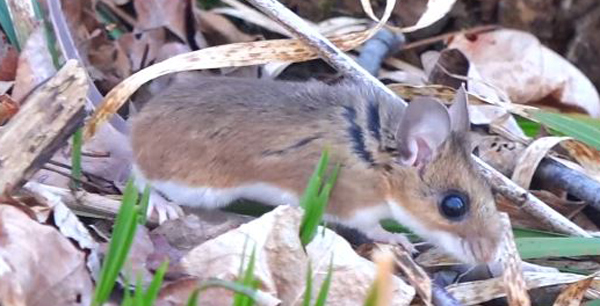- info@wildlifeanimalcontrol.com
Call us for help in your town
Wildlife Control Education
How do wildlife rehabilitators handle mice?
When you happen to come across some injured or baby mice and you decide to hand it over to your nearest Wildlife Rehabilitator, you might be wondering what’s in store for the little creature(s). The truth is that certified Wildlife Rehabilitators dedicate a lot of time and care as means to achieve the full rehabilitation of wild animals. Therefore, it is generally a good idea to use their service whilst offering a fair amount of support to the rehabilitation cause. Wildlife rehabilitators aim to rehabilitate wild animals mainly by proper feeding, necessary medical aid as needed, and the supply of comfortable dens.

In the case of a newly born baby mouse, a wildlife rehabilitator worth its salt will provide feeding every two hours in the form of kitten milk replacer, until the eyes come naturally open. The kitten milk replacer is used for good reason, being that regular formula is too dense to pass into their little stomachs without causing choking. More importantly, the Kitten milk replacer must also be diluted twice the fixed consistency, for that same reason. Once the baby’s eyes are open, the wildlife rehabilitator will begin to feed regular mouse food in conjunction with the Kitten milk formula.
What the release of captive rats and mice entails for Wildlife Rehabilitators, is to create a “safe den”, among other things. The rehabilitator will typically place a small, sturdy box with an entrance hole in the side, inside the cage. This cave-like environment will then become the safe haven for the mouse, so to speak- its very own nest den to resort to in times of distress. When the mouse is “rehabilitated” and the time has come to be released back into the wild, the animal can simple be scooped up, box and all, and taken to the relocation spot. Good places that wildlife rehabilitators prefer to place the box include covered or shaded areas such as an area covered in thick bush or woodlands. This will prevent immediate capture of the newly freed rodent by any overhead predators.
Certified Wildlife Rehabilitators who know what they’re doing would also obviously leave ample food and water around the area where it has been release, in order to help the mouse establish itself in the new environment. It should not, however, be placed directly next to the nesting den, as the mouse needs to start exploring on its own now. As the mouse learns to adapt to its new habitat and grows along with exploring the environment, it will soon find a better and safer home too. The full rehabilitation of mice then triumphantly concurs with healthy social interaction with others of the same kind.
Go back to the How to get rid of mice home page.
Need mouse removal in your hometown? We service over 500 USA locations! Click here to hire us in your town and check prices - updated for year 2020.

















